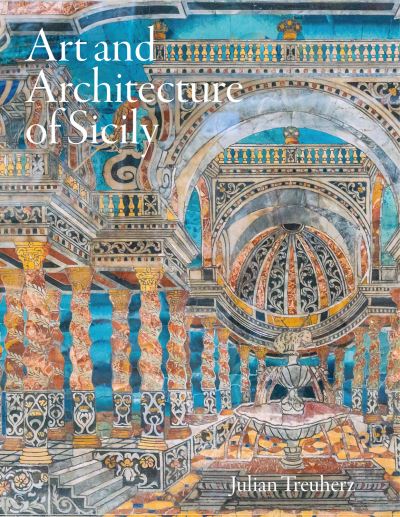Description
Art and Architecture of Sicily is the first book to cover the richartistic heritage of Sicily from prehistory up to the late 20th century. Sicily’sstrategic position in the centre of the Mediterranean led to settlement orconquest by a succession of different peoples – Phoenicians, Greeks, Romans,Byzantines, Muslims, Normans, Germans, French, Spanish – each one leaving itstraces on Sicilian culture.
The book provides a chronological survey, each section opening with abrief historical overview which is followed with an authoritative and engagingaccount of the development of the period’s art and architecture. The leadingarchitects, artists and stylistic currents are all discussed and outstandingindividual buildings and works of art are analysed, some famous, others whichmay be unfamiliar to readers. While architecture is the principal startingpoint for the understanding of each period, paintings and sculpture are treated in some detail; archaeology, urban development, patronage anddecorative arts are also covered.
The development ofart and architecture in Sicily not interpreted as a story of artisticconquests, but as one of acculturation and creative transformation. The author insteadreveals that successive layering of different cultures, and the way each oneinteracted with its predecessors produced art and architecture quite distinctfrom anywhere else in Europe. He thus challenges the commonly held viewthat Sicilian art and architecture is provincial and derivative, merelyimitating the art of others.




